Potatoes are one of the most versatile and rewarding crops to grow in a home garden. Not only are they a staple food worldwide, but they are also relatively easy to cultivate when proper techniques are followed. Among the many factors that influence a successful potato harvest, planting depth plays a critical role. Planting too shallow or too deep can significantly affect sprout growth, tuber formation, and overall yield.
This article explores the best depth for planting potatoes in home gardens, along with complementary planting tips and soil management techniques, to help gardeners achieve healthy, productive potato crops.
Why Planting Depth Matters
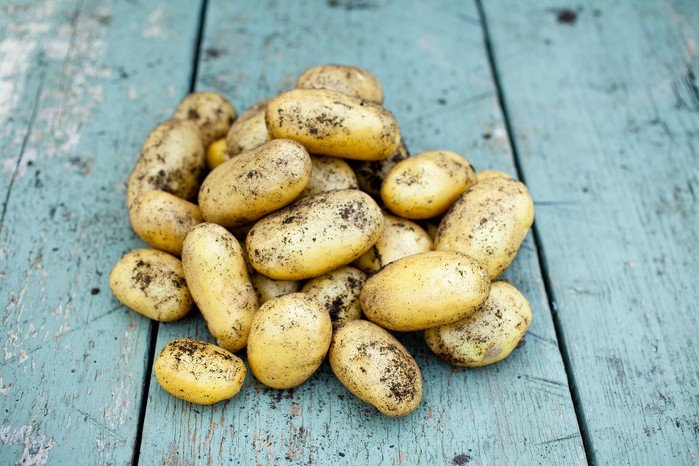
Planting depth is crucial because it influences:
- Sprout Emergence: Seeds must have enough soil coverage to protect them from sunlight and temperature fluctuations, yet not so deep that they struggle to reach the surface.
- Tuber Development: Potatoes form underground tubers, which require loose, well-aerated soil to expand properly. Planting too deep may delay tuber formation, while shallow planting can lead to green, solanine-rich potatoes exposed to sunlight.
- Moisture Retention: Correct depth ensures optimal soil moisture for growth. Too shallow can dry out quickly; too deep can retain excess moisture, causing rot.
- Pest and Disease Protection: Proper soil coverage shields the developing tubers from pests, such as wireworms, and diseases like late blight.
Choosing the Right Potato Seed
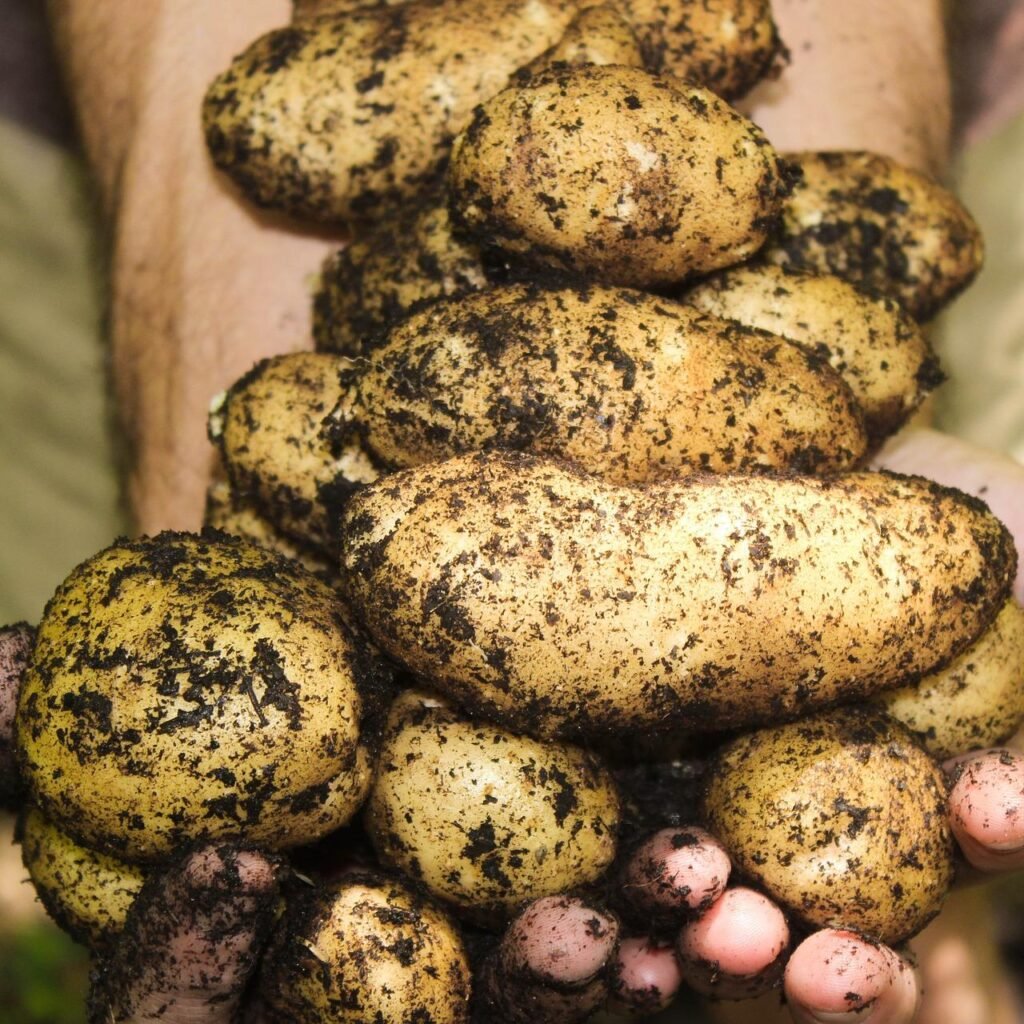
Before planting, selecting quality seed potatoes is essential:
- Use certified disease-free seed potatoes from a reputable source.
- Each seed should be 1–2 inches in size, with at least one or two healthy eyes (sprouts).
- Cut larger seed potatoes into pieces, ensuring each piece has at least one eye. Allow cut pieces to cure for 1–2 days to form a protective layer over the cut surface.
Soil Preparation
Potatoes prefer loose, well-draining soil with a slightly acidic pH (5.0–6.0). Before planting:
- Loosen the Soil: Dig or till soil to a depth of 10–12 inches to allow tubers to expand easily.
- Add Organic Matter: Mix compost or well-rotted manure to improve fertility, aeration, and moisture retention.
- Create Rows or Mounds: For easier management and better drainage, form rows spaced 24–36 inches apart, or create raised mounds 6–8 inches high.
Determining the Best Planting Depth
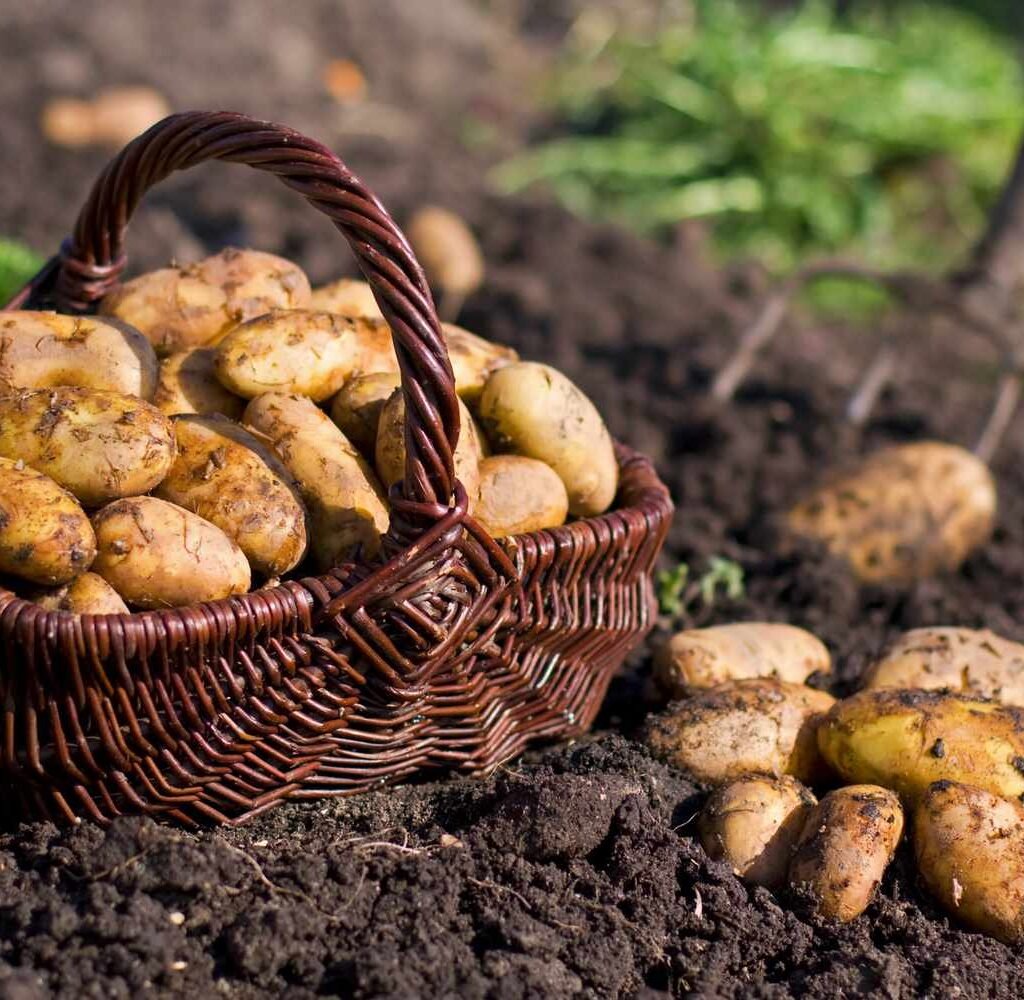
The optimal planting depth depends on seed size, soil type, and climate conditions.
General Guidelines:
- Shallow Planting: 2–3 inches deep
- Pros: Faster sprout emergence and early harvest.
- Cons: Tubers may be exposed to sunlight, turning green and bitter.
- Moderate Planting (Recommended): 4–6 inches deep
- Pros: Provides sufficient soil coverage for protection and moisture, encourages healthy tuber development.
- Suitable for most home garden conditions.
- Deep Planting: 6–8 inches or more
- Pros: Protects tubers from pests and frost.
- Cons: Slower sprouting and may reduce early yield in cooler climates.
Tip: In heavier soils, slightly shallower planting is preferred to prevent waterlogging, while sandy soils may benefit from slightly deeper planting to retain moisture.
Planting Technique
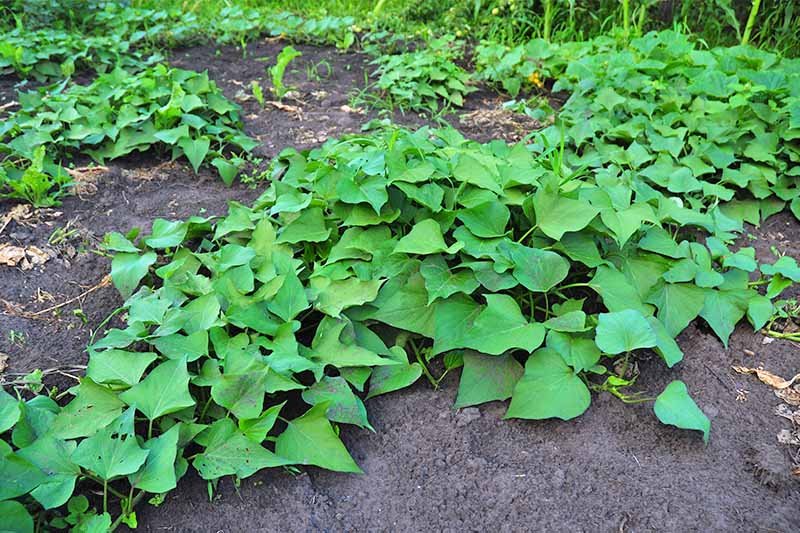
- Place Seed Potatoes: Lay seed pieces in the prepared furrows with eyes facing upward.
- Cover with Soil: Gently cover with 4–6 inches of loose soil (moderate depth).
- Watering: Moisten the soil lightly after planting to help sprout emergence. Avoid overwatering, which can cause rot.
- Spacing: Leave 12–15 inches between seed pieces within a row.
Hilling for Better Yield
As potato plants grow, hilling—mounding soil around the base—supports tuber development:
- Begin hilling when sprouts reach 6–8 inches in height.
- Cover the lower stems and leaves with 2–3 inches of soil.
- Repeat hilling every 2–3 weeks, creating a mound 8–12 inches high by mid-season.
- Hilling protects tubers from sunlight, improves drainage, and encourages more tuber formation.
Light, Temperature, and Moisture
Potatoes grow best under the following conditions:
- Light: Full sun (6–8 hours daily).
- Temperature: Ideal soil temperature for planting is 45–55°F (7–13°C). Above 80°F (27°C), tuber formation slows.
- Watering: Keep soil evenly moist. Avoid overwatering to prevent rot. Mulching helps retain moisture and regulate soil temperature.
Common Problems Related to Planting Depth
- Shallow Planting Issues: Tubers exposed to sunlight turn green and produce solanine, which is toxic. Plants may also be more prone to frost damage.
- Deep Planting Issues: Slow sprouting and delayed harvest. In cooler climates, deeper planting may hinder tuber formation.
- Uneven Depth: Some tubers may emerge early while others remain stunted. Maintaining consistent planting depth ensures uniform growth.
Companion Planting and Crop Rotation

Planting depth works best when combined with good garden practices:
- Companion Plants: Beans, corn, cabbage, and peas improve soil nutrients and deter pests. Avoid planting potatoes near tomatoes, peppers, or eggplants due to shared diseases.
- Crop Rotation: Rotate potatoes to a different bed each season to reduce disease risk. Avoid planting in the same location for 2–3 years.
Harvesting Potatoes
- New Potatoes: Can be harvested 10–12 weeks after planting when plants begin flowering.
- Mature Potatoes: Wait until foliage dies back naturally.
- Post-Harvest: Cure potatoes in a cool, dark, and dry place for 1–2 weeks to toughen skins and improve storage life.
Tip: Proper planting depth combined with consistent care ensures potatoes are clean, well-formed, and protected from sunlight.
Final Thoughts
The best depth for planting potatoes in home gardens generally ranges from 4 to 6 inches, providing a balance between sprout emergence, tuber protection, and soil moisture retention. Proper depth, combined with quality seed potatoes, well-prepared soil, and consistent care, is key to a healthy and productive harvest.
Potatoes are resilient plants, but attention to detail—especially planting depth—can make the difference between a modest yield and an abundant one. By following these guidelines, gardeners can enjoy homegrown, flavorful potatoes that thrive in any backyard setting.
Planting at the right depth is more than just a technical step; it’s a foundation for success, ensuring your potatoes grow strong, safe, and delicious. With patience, proper soil management, and attention to planting depth, your home garden can produce bountiful potatoes year after year.
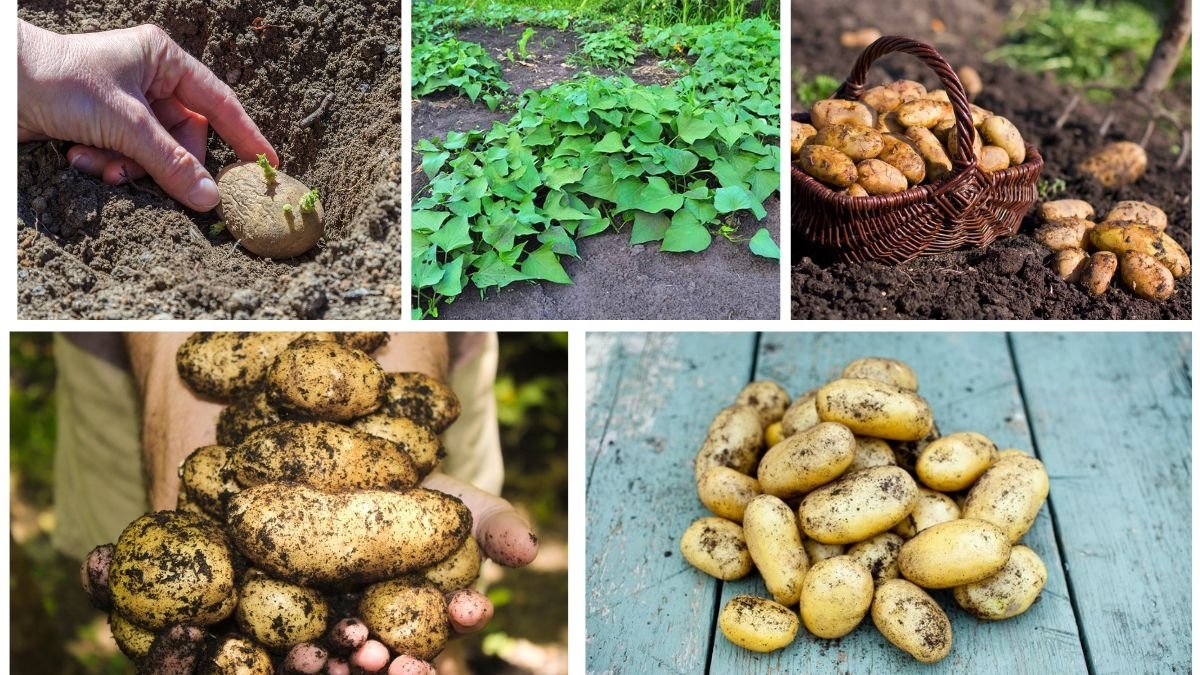





Leave A Comment